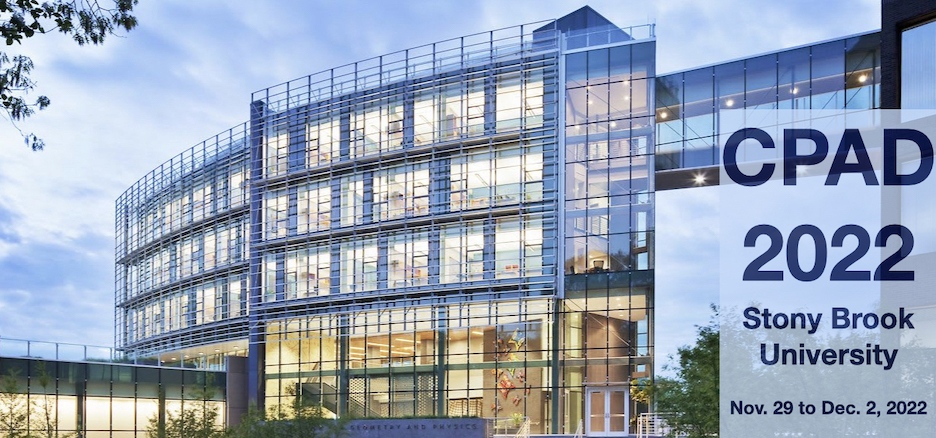Speaker
Description
Silicon photomultipliers (SiPM) are the baseline option as the photodetector technology for the dual-radiator Ring-Imaging Cherenkov (dRICH) detector at the future Electron-Ion Collider (EIC) in the Electron-Proton/Ion Collider experiment (EPIC). A SiPM-based readout offers important advantages being cheap devices, highly efficient and insensitive to high magnetic field (~ 1 T at the expected location in the experiment). On the other hand, SiPM are well known as not radiation tolerant, showing an increase of the DCR with the radiation dose. The radiation environment is however expected to be moderately hostile (< 10¹¹ 1-MeV$ n_{eq}$/cm$^2$ after several years running at maximum luminosity) with respect to other foreseen SIPM applications in particular at the LHC. The current R\&D program aims thererofre to test if single photon-counting capabilities and timing resolution can be retained despite the radiation damage accumulated during operations.
Several options are available to maintain the DCR to an acceptable rate (below ~100 kHz/mm$^2$), namely by reducing the SiPM operating temperature, using the timing information with high-precision TDC electronics, selection cuts based on bunch crossing information, and by recovering the radiation damage with high-temperature annealing cycles.
Results on studies performed on a large sample of commercial (Hamamatsu, SensL) and prototype (FBK) SiPM sensors will be presented. The devices have undergone two distinct irradiation campaigns using a 140 MeV proton beam: 1) an increasing NIEL dose up to 10$^{11}$ 1-MeV $n_{eq}$/cm$^2$ has been delivered to different sensor subsets that have then undergone high-temperature annealing cycles to recover the radiation damage. and 2) repeated irradiation - annealing cycles on the same sensors using each time a small radiation dose (10$^9$ 1-MeV $n_{eq}$/cm$^2$) mimicking the foreseen mode of operations and to test the reproducibility of the procedure.
The characterization results - measurements have been performed in a climatic chamber - were obtained with a complete readout system based on the first 32-channel prototypes of the ALCOR ASIC chip, the candidate ASIC for the dRICH application. Recent results achieved with the irradiated sensors at a test beam using a dRICH prototype will also be presented. Next R\&D steps will be also briefly discussed, including development of annealing in-situ methodologies, irradiation with neutrons, test of time resolution of the irradiated sensors.

